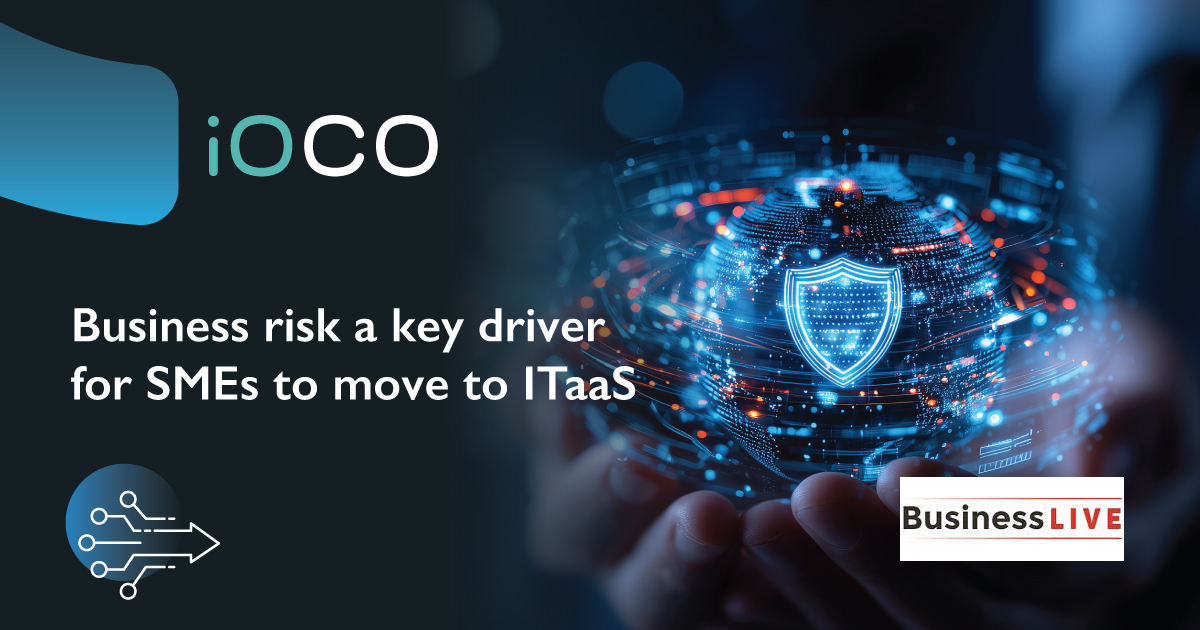Today’s businesses are operating in an entirely new digital arena, but they still continue to rely on monolithic legacy systems. In fact, 31% of an organisation’s infrastructure is comprised of legacy systems, and only 33% of technology in large organisations is modernised.
Today’s businesses are operating in an entirely new digital arena, but they still continue to rely on monolithic legacy systems. In fact, 31% of an organisation’s infrastructure is comprised of legacy systems, and only 33% of technology in large organisations is modernised.
Companies that depend on legacy applications often encounter hurdles like incompatibility and undesired maintenance costs. This hinders them from effectively achieving their digital transformation goals. The integration challenges legacy applications bring also don’t help – legacy apps are hard to integrate with modern technologies like AI, IoT, and the cloud.
Application modernisation helps companies to retain their investment in legacy systems that can still be critical to the business while enabling them to take advantage of cloud platforms, native cloud services and resultant scalability. This means organisations can increase their security posture, optimise their data, adapt faster, grow quicker and deliver higher quality services.
CIO’s say that 80% of developers’ time is spent on the operations and maintenance of applications and only 20% of the time is spent on innovation.
Our end-to-end modernisation approach – from monoliths to microservices – enables you to deliver innovation and value to your customers at a lower overall cost of ownership, and faster time to market.
Legacy applications can often be a major hindrance to innovation because they can be inflexible and difficult to change. Legacy app modernisation enhances their interoperability with new technologies, platforms, and code. Application modernisation improves process efficiencies and business performance, as apps can be updated frequently and refined with bug fixes and security patches.
From assessment, to the design, development and optimisation of the architecture, iOCO’s application modernisation services include:
Product vision
User journeys
Architecture roadmap
Validated solution design
Product backlog
Security
There are a number of technologies that can be used for application modernisation, but the choice of the right technology to meet your organisation’s needs can be challenging. The decision should be based on how much control you need, and how much traffic the app generates.
Containers, for example, are ideal when you need lower startup latency, or support for long-running compute jobs. Many companies choose a container-based environment for applications that have predictable, high-traffic usage. Containers like Amazing Elastic Compute Cloud (EC2) offer complete control of the compute environment, but not just for the sake of control. This technology is usually chosen when an organisation has specific requirements for managing and configuring its infrastructure.
A serverless environment, on the other hand, is usually chosen when an action on an event needs to be triggered. Serverless applications like AWS lambda support varying usage and can handle unknown demand. A serverless environment is usually chosen when the organisation needs to quickly prove business value or hand operational complexity over to a partner.
iOCO has the skills and expertise to deliver a complete application modernisation solution in the technology of your choice. Partnering with industry-leading vendors like AWS, we guarantee high performance and scalability, as well as security.
iOCO ensures continuous value with an application modernisation solution tailored to your needs.
Optimal user experience
Design thinking
API-first
Cloud native
Microservices
Containers
Serverless
Security
For our full application development offering…click here



